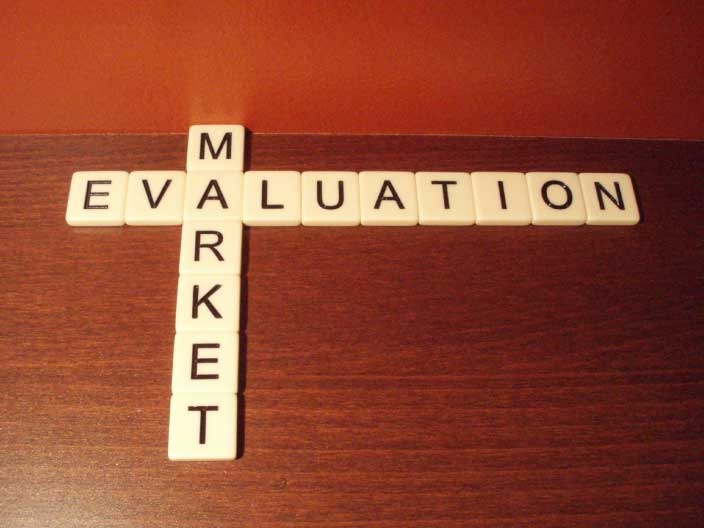10 Ways to Evaluate Market provides an overview of how new markets can be evaluated based on a range of criteria: urgency, market size, pricing potential, cost of customer acquisition, cost of value delivery, uniqueness of offer, speed to market, up-front investment, up-sell potential, and evergreen potential. Marketing segmentation helps you reach each group of potential customers with an approach that appeals to them. By evaluating each segment, your company won’t waste resources on segments that won’t buy your products. In order to achieve your sales performance objectives, you must match the characteristics of the marketing segment to the qualities of your product and the capabilities of your company.
Market Potential
Based on the number of potential customers in a segment, their incomes and the number of people in the segment who need your product, you can assess the market potential of a segment. A Evaluate Market participant is someone who is going to buy such a product, and the total number of participants times their purchases is the total market. It is necessary for a market participant to need the product, to be able to pay its price, and to want to purchase it. You can gauge the potential market by looking at how many people there are in each segment.
What Is Market Viability?
A Evaluate Market viability is a measure of its business potential. You can determine the feasibility of starting a business in a particular market by conducting a market viability analysis.
Three factors need to be considered when evaluating market viability:
Market size: Can there be new sellers in this market? How big is the potential market?
Target audience: How much discretionary income do potential customers have? Will they be able to purchase your product?
Competition: Which retail companies dominate this market? What are their strongest and weakest points? Is it possible to compete with them?
Identify markets that are too small, too competitive, or filled with customers who can’t or won’t pay your prices.
Capacity Building Requtrments
It is important that field workers or project staff responsible for data collection have the capacity and skills to collect quantitative and qualitative data of sufficient quality in accordance with the indicators provided in this framework, as well as an understanding of the purpose of the exercise. Field staff and local partners need to be trained in data collection and analysis as part of the market programming activity (see Note 3 on Stage 2). Furthermore, post-programme monitoring requires funding as a longer-term evaluation is crucial. As part of humanitarian programming, this will allow us to build evidence for market-based approaches and select appropriate response modalities.
Benefits For Market Actors
According to supported traders and service providers i) they have benefited from market support activities ii) they have access to funding iii) their trade has recovered after the shock of the crisis or disaster. Based on secondary data, registration information, and supplier surveys, these indicators are calculated. There are some indicators that are determined directly, such as cost data, while others are composite indicators that are based on qualitative evaluations. These assess the level of beneficiary satisfaction with the quality of the response to meet their needs, as well as the perceived benefits reported by market traders.
Need For A Monitoring And Evaluation Framework
Crises-affected populations may benefit from market-based programming because it is more effective and efficient. In addition to the timeliness and efficiency of the proposed benefits, longer term economic benefits are also included (see briefing note 1). To test these assumptions and compare market-based programmes with conventional ones, there is a need for evidence. Cash and Markets in the WASH Sector Technical Working Group identified the need for a consistent approach to monitoring and evaluation, and the 2018 version of the Sphere guidelines (see Key Common Action D) identified a need for practical measurable indicators to monitor the impact of supply chain or cash-based interventions. Therefore, an M&E framework is necessary to determine how investment in preparedness and resilience will pay off in terms of improved effectiveness and efficiency of both the responses and economic recovery.










